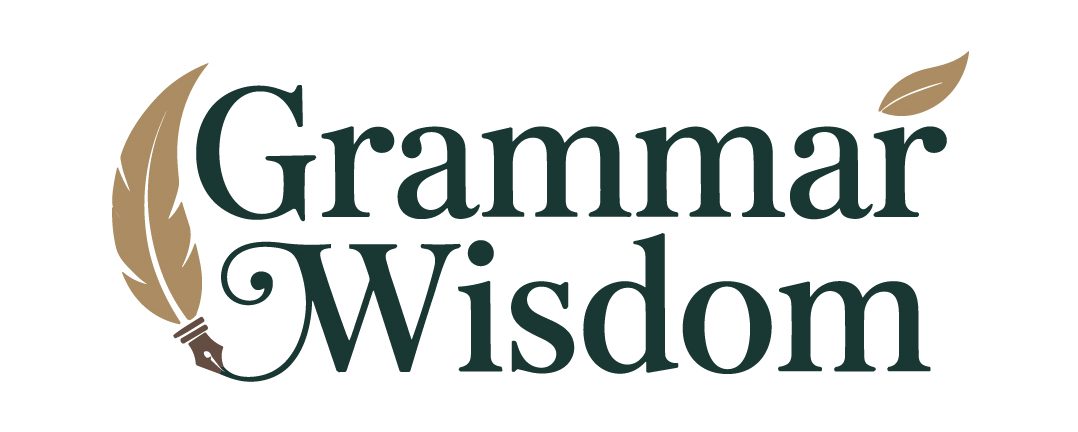Similes for Green: Enhancing Your English Vocabulary
Similes are powerful tools in the English language that allow us to create vivid comparisons and enrich our descriptions. Understanding and effectively using similes, especially those related to color, can significantly enhance your writing and speaking skills. This article focuses specifically on similes that use the color green, exploring their meanings, structures, and applications. Whether…
